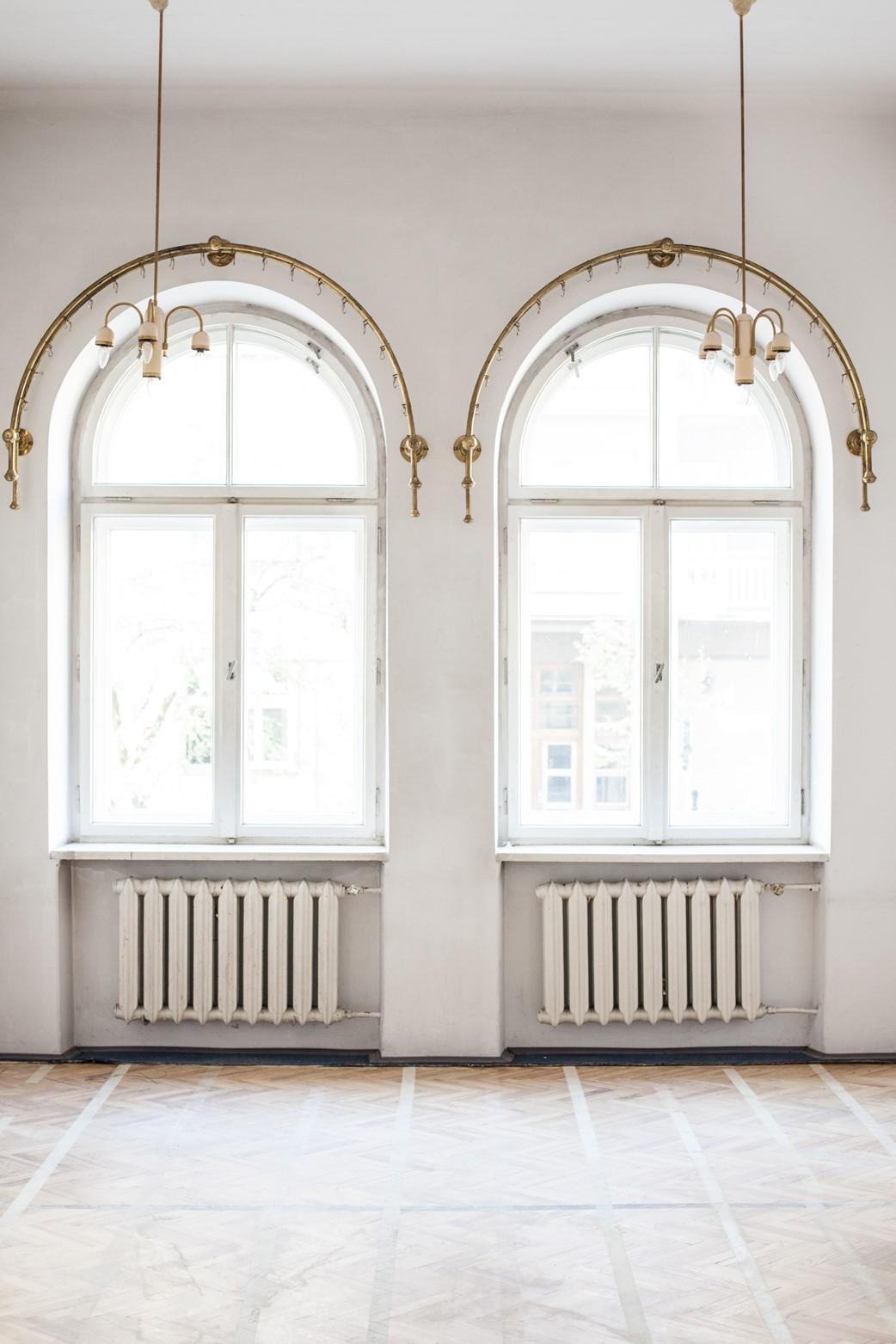What is the Difference Between Vacant and Unoccupied Homes?

What is Non-Standard Insurance? What does it cover?
Like most insurance policies, home insurance is not a one-size-fits-all coverage ie not all homes are able to be insured under one standard policy. Some properties are considered a greater liability or higher risk than others and may have an even harder time finding the proper insurance coverage; these kinds of properties are usually encouraged to have non-standard insurance, which may include vacant property insurance, unoccupied property insurance or vacant condo insurance. If the home is in the building stage it may require builders risk insurance.
Non-standard insurance focuses on higher-risk clients and allows for insurance coverage of these properties (for a bit of a higher cost). The coverage provided in non-standard insurance policies includes general liability: contents insurance to protect the owners’ belongings within the property and building insurance to protect the structure of the home against fires, floods, earthquakes, theft, and vandalism. This is basic and ideal coverage for those who aren’t able to receive standard insurance. How do you know if your property should be insured as a non-standard property?
Vacant vs Unoccupied Homes
A key factor in determining non-standard insurance needs is how the property is being used.
The terms “vacant” and “unoccupied” are often used interchangeably, but in the context of home insurance, there is a difference between the two.
A vacant home is a property that is completely empty and devoid of any personal belongings. In other words, the home’s contents have been removed, and no one is living in the property. A vacant home may be in the process of being sold or renovated, or the homeowner may be away for an extended period. It is crucial for property owners to explore their options for vacant property insurance to ensure that they are fully protected.
On the other hand, an unoccupied home is a property that is still furnished and has personal belongings inside, but no one is living there. Unoccupied property insurance would be required for homes that are used as a seasonal residence, a vacation home, or any property that the owner is temporarily not living in.
From an insurance standpoint, both vacant and unoccupied homes are considered riskier than occupied homes. This is because there is a higher likelihood of damage or loss occurring when a home is unoccupied or vacant. For example, a vacant home may be more susceptible to vandalism or theft, and an unoccupied home may be at risk of water damage from leaky pipes or weather-related events.
As a result, insurance companies typically offer specialized policies for vacant property insurance and unoccupied property insurance to provide coverage for these unique risks. It’s important for homeowners to understand the difference between the two and to ensure they have the appropriate insurance coverage for their specific situations.
Similarly, Vacant condo insurance is a specialized type of insurance meant to safeguard empty condos from financial risks. Generally, a homeowner’s association (HOA) master policy covers shared spaces like lounges and recreational rooms within the condo complex, along with some protection for individual condo units’ interiors. However, this policy may not cover damages or losses that happen when a condo is unoccupied. Vacant condo insurance helps protect against vandalism, theft, and certain weather-related damages, but the coverage details can differ depending on the insurance company.
Non-standard insurance may cost more with less coverage but will still be able to protect your property in case of a pricy claim. For more information on non-standard insurance and covering your property, reach out to the team at All-Risks Insurance Brokers Danforth; they will work with you to ensure that you have the coverage you need.